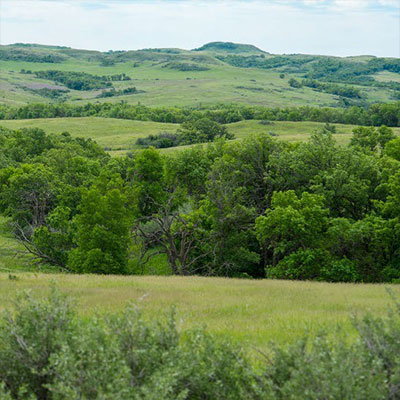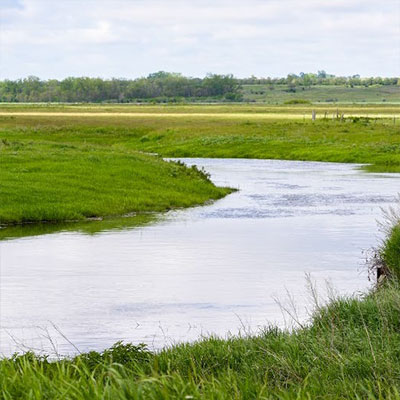Big Brown Bat

Adobe Stock
Resembles the Little Brown Bat but for its larger size. An adult bat can reach 20 grams. Fur is dark brown in color, tragus and uropatigium lack hair.
Status in North Dakota
Year-round. Species documented as hibernating in North Dakota.
Reason for SWAP Designation
Although common in North Dakota species is threatened by a fungal disease known as white-nose syndrome in the eastern and Midwest portions of its range.
Threats
White-nose Syndrome is a threat to this species.
North Dakota bat species are insectivores.
The use of pesticides in the vicinity of a feeding ground would affect bat populations by killing prey.
This species is known to store pesticides within fat reserves.
Accumulation within body may cause negative reactions or death.
Wind turbines have been identified as a source of mortality to bats.
Indiscriminate killing due to a negative public perception has been identified as a possible threat to this species.
Research and Monitoring
- Bat species are monitored acoustically using North American Bat monitoring protocol.
- Bats are also monitored with mist nets by a number of partners in the state.
Management Recommendations
- Protection and restoration of riparian habitat.
- Manage riparian habitats to maintain snags, connecting corridors, and edges.
- Maintain and improve seeps, ponds, and other wet areas as water sources.
- Education on the benefits and misconceptions about bats.
- Determine and protect nursery and hibernation sites.
- Provide roosting sites in areas where natural sites have been destroyed or disturbed.
- Reduce use of pesticides near waterways where bats forage.






